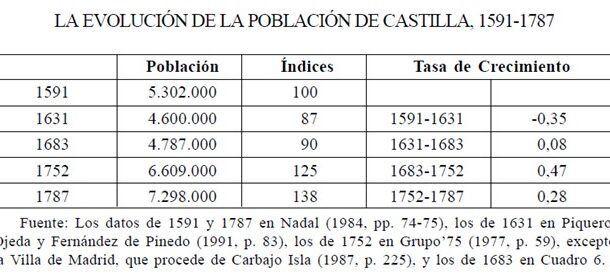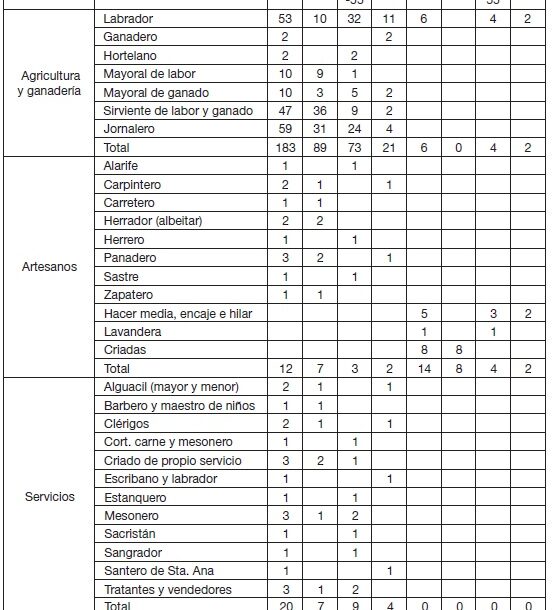
The discovery of the Canary Islands for Spain and Europe meant, with the conquest of the islands, that the native economy went from subsistence to a support economy, linked to supplying the voyages to Africa or America, and to an agro-export economy. The internal demography of the territory also affected the consumption pattern. At the end of the 16th century, the island of Lanzarote had little more than 1,500 inhabitants, leading to a decrease in cereal consumption and an increase in livestock farming. However, the 17th century saw a period of demographic recovery for Lanzarote, tripling its population and, consequently, its economic structure: from 1630 onwards, livestock farming declined and the “rayas” of the “vegas”, i.e. the land used for cereals and the boundaries separating the land, became more important. Within cereals, wheat production remained stagnant throughout the 17th century, while white barley production rose from 15,000 bushels to 70,000 bushels at the beginning of the following century. What was the cause of this growth? The author points out that, while wheat was more sensitive to rainfall, barley was better adapted to climatic instability and poorer quality soil.
Collection: Statistics
Project: 3. Rural world and urban world in the formation of the European identity., 4. Family, daily life and social inequality in Europe.
Chronology: XVII, XVIII
Scope: Secondary Education, Baccalaureate, University
Link: https://dialnet.unirioja.es/servlet/articulo?codigo=3067584
Resource type: Statistics
Format: Table
Source: Macías, A. M. y Morales, G. (2009). "Vulcanismo histórico y cambio agrario en el siglo XVIII. Los enarenados de Lanzarote (Islas Canarias", en Revista Historia Agraria, nº 49, p. 48.
Language: Spanish
Date: 2009
Owner: Pablo Ballesta Fernández (Modernalia)
Copyright: ©Revista Historia Agraria ©Antonio M. Macías ©Guillermo Morales
Abstract: The productive structure of the island of Lanzarote is conditioned by its condition as a supply area between Europe, Africa and America, as well as by its own demographic evolution
Image
Tags






